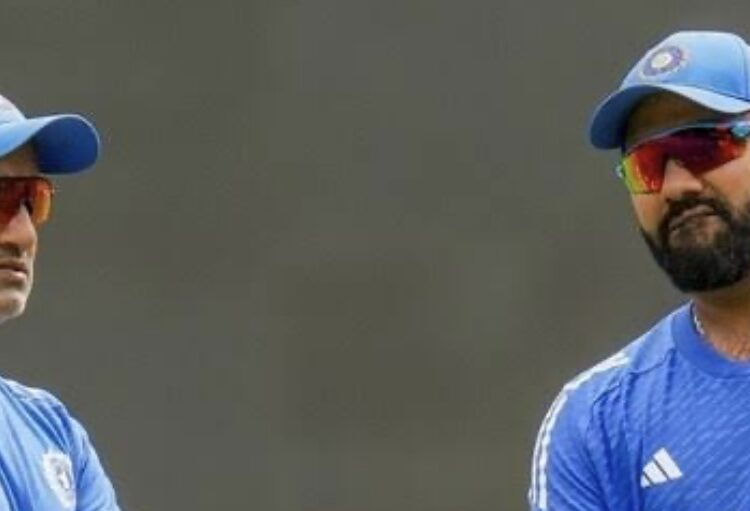Looks like India coach Gautam Gambhir’s ploy to play on a spin-friendly track in Mumbai backfired massively. Sources told CricBlogger that Gambhir did play a role in making a pitch that was spin-friendly but the Indian players wanted to play the third Test against New Zealand on a sporting track. “There is a massive diffrence of opinion happening within the team right now and the results are showing. Gambhir was behind the spin-friendly pitch,” a source said hours after India’s humiliating loss to New Zealand in Mumbai.
Earlier, captain Rohit Sharma had opted for a pitch in Pune that offered less bounce to suit their playing style, especially after the setback in Bengaluru, where excessive bounce troubled the Indian batters. By opting for a less bouncy pitch for the second Test, Indian aimed to create conditions that would favor their approach and help avoid a similar outcome as in the first Test. But the pitch turned out to be uneven and that hit the Indian team hard allowing New Zealand to claim their first Test series win in India. Choosing such a pitch, which was reminiscent of the surfaces India used successfully against England, seemed logical on paper.
However, it ignored the recent batting vulnerabilities that surfaced during the ODI series loss to Sri Lanka, potentially signalling a dip in confidence and form among Indian batters when facing spin. The outcome—a “serious drubbing” by New Zealand— throws light on the potential risks in pitch manipulation when the conditions don’t align with the team’s readiness and current skill levels. The issue of home team captains and coaches subtly influencing pitch preparations, despite ICC guidelines, has long been a point of contention.
Rohit’s involvement in requesting a turning track against Australia last year, which ultimately backfired in Indore, serves as a reminder of the risks associated with such tactics. Although India had a 2-0 lead in that series, the third Test loss demonstrated that overly tailored pitches can sometimes work against the home team if players are not well-prepared for the extreme conditions. It might be time to adopt a “straight and simple” approach.
Rather than tailoring pitches to exaggerated conditions, teams could aim for balanced tracks that encourage competitive play. This strategy could reduce the reliance on pitch-specific tactics and instead foster an adaptable, all-round skill set within the team. Balanced pitches not only test batters and bowlers on an even footing but also allow teams to focus more on consistent skill development rather than situational advantages.















